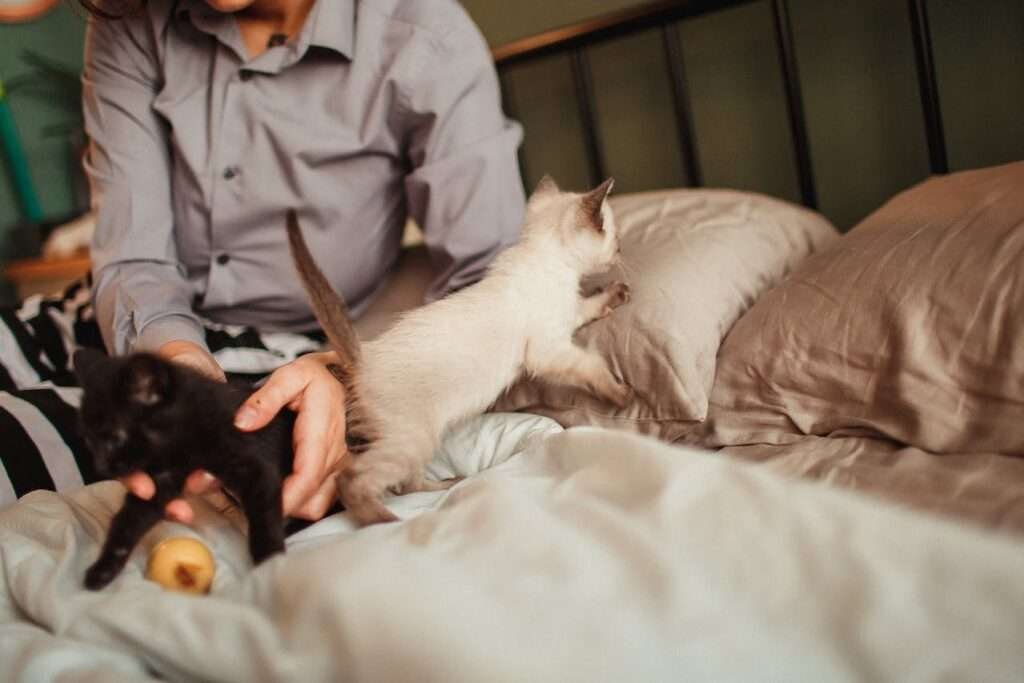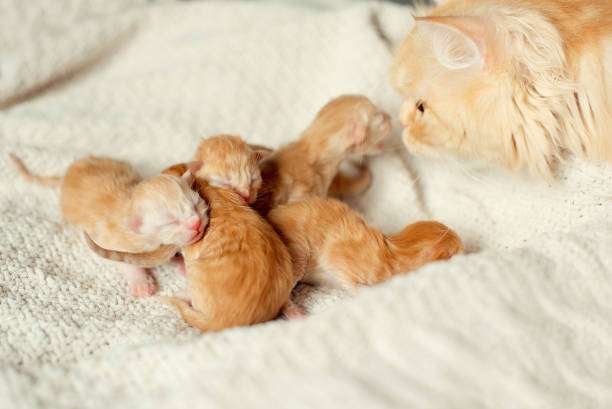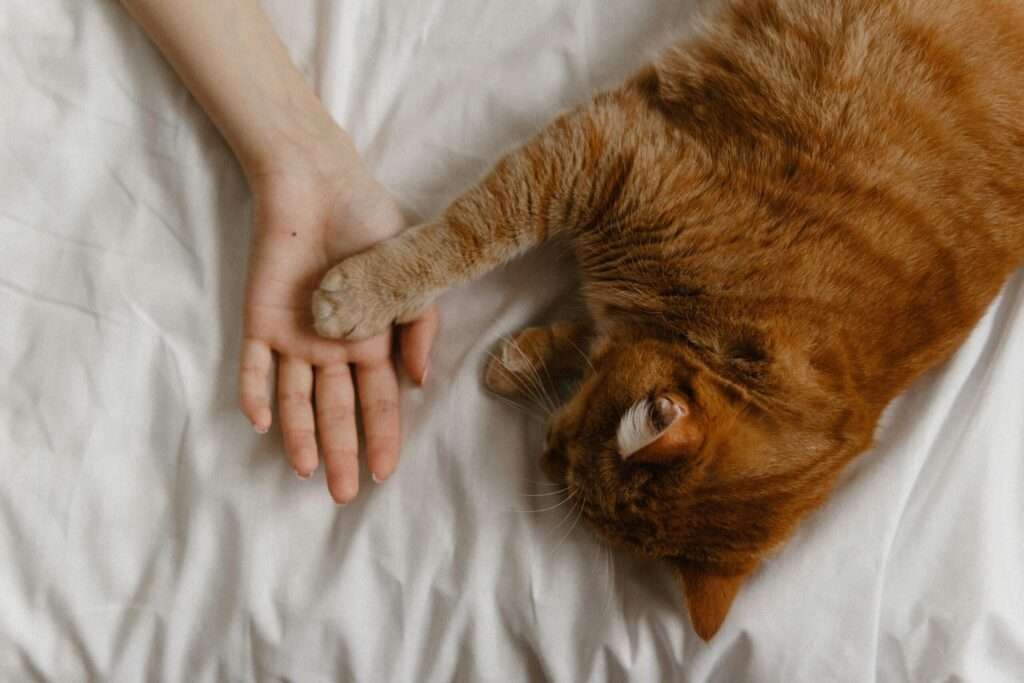Table of Contents
ToggleAre cats happy to be petted?
Determining whether a cat is receptive to being petted is the initial step. Cats exhibit varying levels of physical affection towards their human companions. While some may readily seek out attention, others may simply prefer to be in close proximity without physical contact.
Your feline friend will typically convey interest in being petted through distinct body language cues:
- Approaching you spontaneously.
- Moving with a relaxed and fluid gait, heading directly towards you.
- Ears positioned forward and upright, accompanied by a high-held tail with a subtle curl at the tip resembling a question mark.
- Displaying affectionate behavior such as rubbing their chin, cheeks, or forehead against your hand.
- These signs indicate an invitation for petting. Conversely, if your cat isn’t receptive, they’ll communicate their feelings through similarly clear body language:
- Avoiding interaction or retreating and seeking shelter.
- Positioning their body away from you, adopting a stiff posture.
- Ears flattened against the head, dilated pupils, and a low-held tail with a swishing motion.
- Emitting growls or hisses as a warning sign.
- Exhibiting defensive behaviors like swatting or attempting to nip your hand.
Respecting these signals is crucial. If your cat displays negative cues, it’s essential to refrain from attempting to pet them at that moment. Giving them space to relax can pave the way for positive interactions later on.

Proper petting technique for cats.
When you see a cat that you want to pet, follow some general guidelines.
1. Hold your hand
It’s best to let the cat sniff your hand and rub against it first before continuing with any other petting motions. This will ensure that the cat is in the mood to pet.
2. Begin gentle petting
When your cat signals that he wants to be petted, start with smooth, gentle petting or soft scratching motions instead of sharp, firm pats on his chin, cheeks, back, and the base of his tail. These areas are usually where cats like to pet.
Some cats may enjoy having their foreheads scratched due to the presence of scent glands, but this may be reserved for people they know. Headwear can be perceived as a threat to some cats.
3. Observing your cat’s body language and vocalizations
You’ll know your cat is enjoying being petted when you remove your hand and she rubs against it. You can also hear him communicating with you with a relaxed body posture, pricked ears and a raised tail.
Body language is important to remember when petting a cat. For example, some cats may enjoy being petted on their backs, but if they are petted there for too long, they may become overstimulated and start behaving aggressively. It’s only important to keep a cat where she enjoys it – and only as long as she enjoys being there as a pet.
4. Avoid any painful areas or stress
Avoid petting a cat where it is showing signs of pain or discomfort, such as a neck that is painful from arthritis or a sore abdomen from recent surgery. You should also not sneak your cat out or bring him into a room to pet him when he is resting or spending time alone, as this can stress him out.
Where Do Cats Like To Be Pet?

Where To Pet Cats
Cats usually like to be petted on their cheeks, chin, forehead and the base of their tail. These spots are loved because they have scent glands that release pheromones, which cats use for communication and bonding. When cats rub against each other in this area, it is a sign of affection and friendship. Some cats enjoy scratching the back of their necks and along their backs, as they can have itchy spots that are difficult to scratch on their own. Giving them gentle strokes in this area can provide relief and make them feel calm.
Where NOT To Pet Cats
By contrast, there are several areas to avoid when petting a cat (unless you know the cat well and he has a personal preference for these areas).
If it’s your first time meeting a cat, it’s best to stay away from these areas until you know the cat better and he feels more comfortable around you.
Most cats do not like being pet on their stomach, chest, legs, paws, or tail. The stomach and chest are vulnerable areas for cats, so when you attempt to pet a cat in those spots, he feels like he’s being threatened. Similarly, the legs, paws, and tail are sensitive areas, so he may not enjoy the sensation of strokes or scratches there.
By following these basic principles, it’s possible to create a petting experience that is rewarding both for you and your fur baby. If your cat is consistently becoming aggressive during petting sessions, consult with a veterinarian to determine if there are any medical conditions or behavioral concerns to address.



